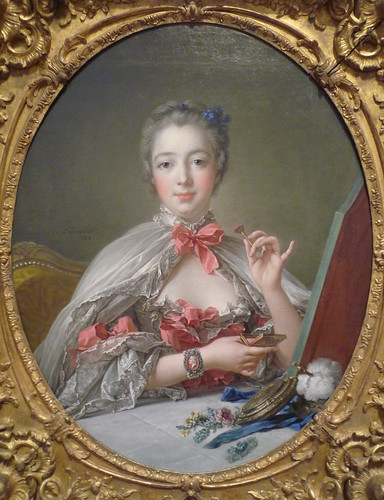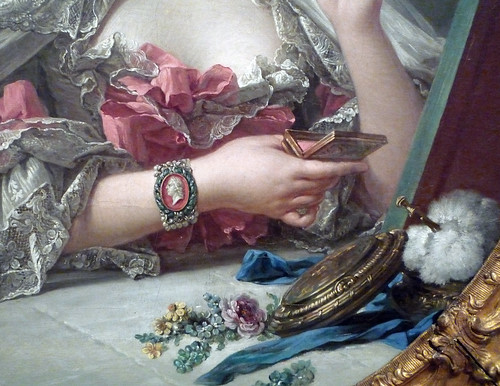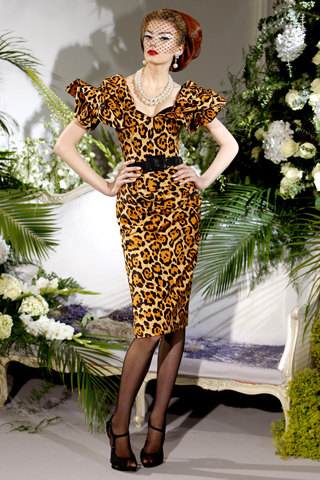Keeping those deep emotional barbs in mind, I have been scared by Venetian mirrors. The root of my disdain was originally foggy, but then I came to understand that it wasn't the mirror that caused me grief, but the misuse of them. Because my exposure to them was not done in a curated environment conducive to appreciation but rather horror, I came to believe that all Venetian mirrors were gauche, hideous, over the top monstrosities that never should have made it beyond the East River. They belonged in pseudo 'French' interiors; porcelain figure lamps with fringed and pleated shades, swagged window treatments, damask wallpaper, dusty silk plants...the makings of nightmares. But really, it wasn't the mirrors fault, it was the owners. It was they who should have never made it past the East River as penance for their tacky transgressions.
 |
| This pair of antique mirrors consumed the original budget for the entire room. Instead of eliminating the mirrors, Taylor advised that the client 'get more money'. |
So here's what, or who, changed my mind on the Venetian matter; Michael Taylor. The late San Francisco Decorator used Venetian mirrors so much so that they became signature pieces. Almost always antique, preferably in pairs. What made the mirrors work so well, and this is a testament to Taylor's eye as a Decorator, was that the rooms were consistently calm; nothing screamed for attention. You were never smacked in the face with sensory overload, as is common with today's 'Look at me!' Decorators. Another Taylor signature was his desire to reduce the amount of 'stuff' other Decorators crammed into rooms. This helped make unique stand alone pieces, such as his Venetian mirrors, stand out without shouting. They really become a subtle foil to his contemporary proportions and profiles. The viewer can come to appreciate the craft and artistry that goes into the mirrors, rather than just be overwhelmed by them.
My Venetian wounds are starting to scab over. I now have an appreciation for these massive 'look at' me pieces. Their beginnings in Murano (an Island off Venice that glass production was moved to during the 13th Century out of the fear that the furnaces would burn the wooden Republic of Venice to the ground), their distinctly Baroque profiles, their glitter for the sake of glamour. I like them looking like they've been around the block a few times; give me worn eroded silvering, a little rattle when they hit the wall, perfection shows a lack of character. Just don't approach me with the cheap stuff; I might regress and start carbo-loading.
- Ian
 |
An authentic 18th Century Venetian Glass mirror. Auctioned at Christie's for $96,748.00Imagine if it were one of a pair! And I'm in love with the patina. |
 |
| A howler of a mirror. Compared to one of quality, this one is clumsily done, obviously mass produced, and cheap. All good reasons for a person to swear off them. |
| A 1965 Syrie Maugham bedroom by Michael Taylor. Note how the Mirror commands, but doesn't overpower. I love the simplicity of the Fireplace, and the quiet walls. I'm also mad about that Tree Fern in the corner. |














































